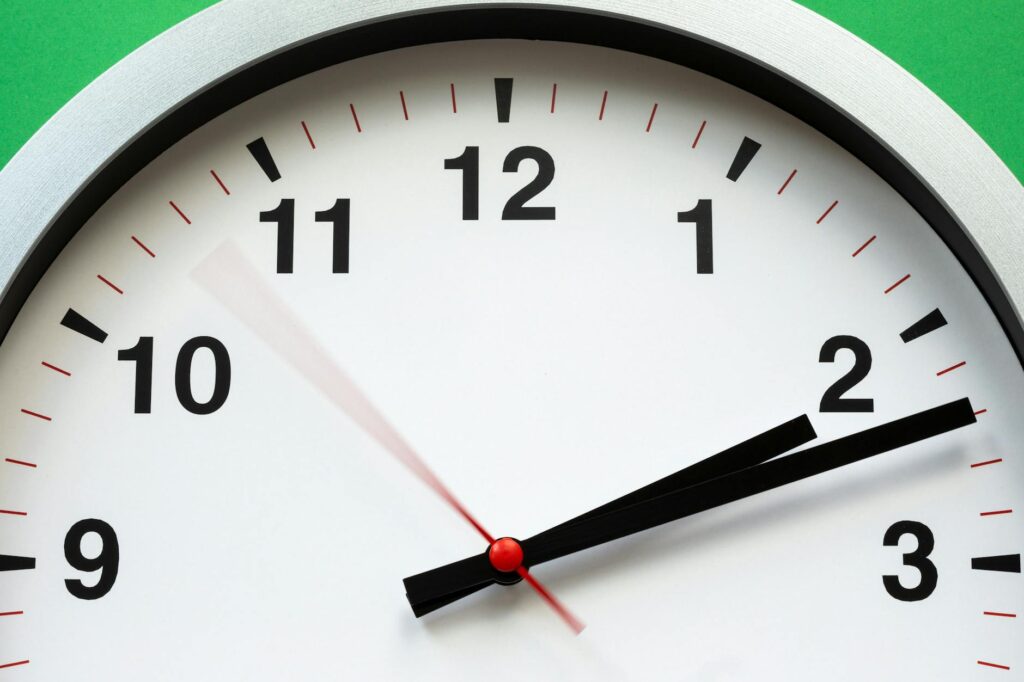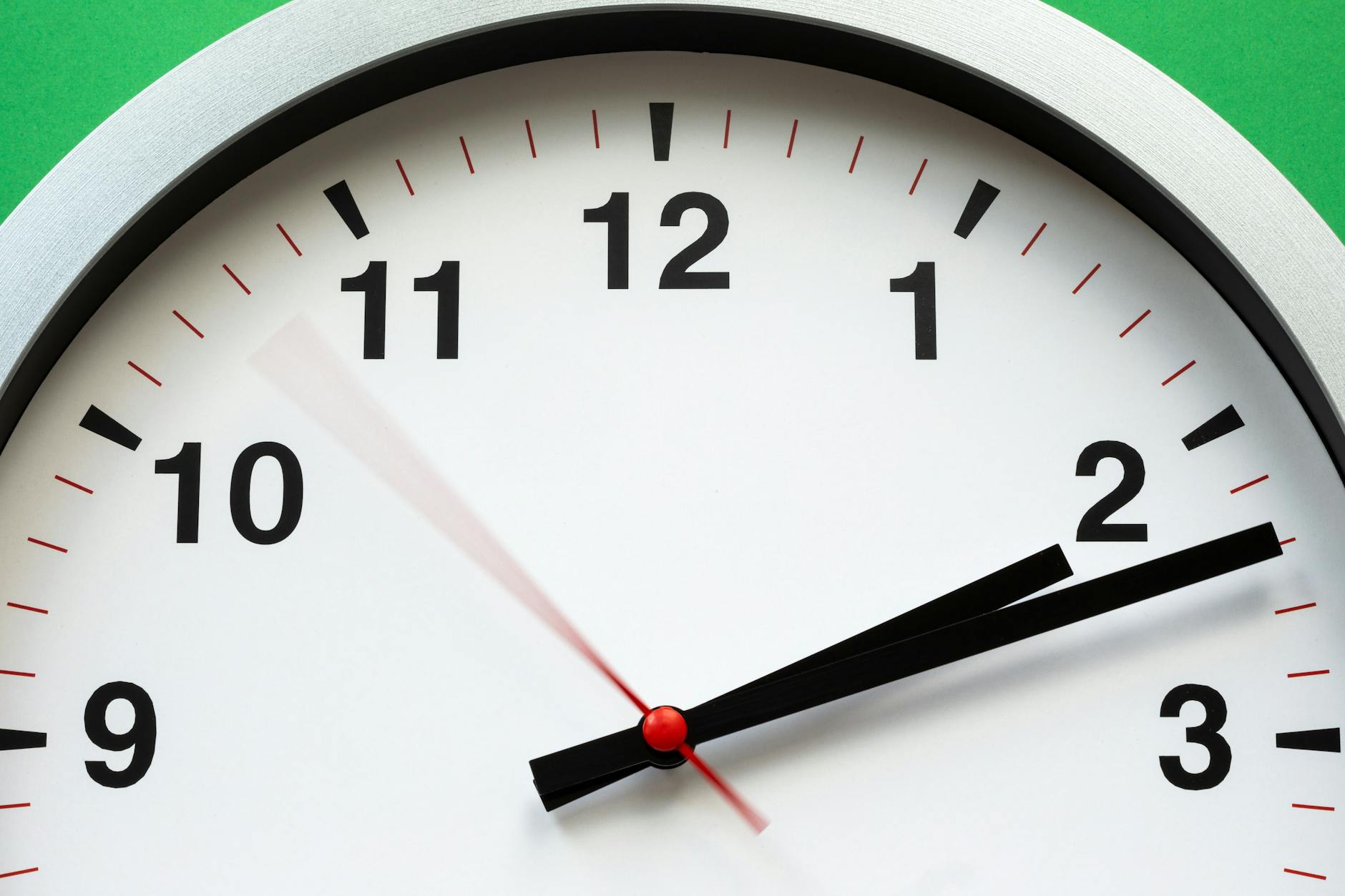What is procrastination timer?

What is Procrastination Timer?
Procrastination is a common challenge that many of us face, whether we’re students, professionals, or anyone with tasks to complete. One tool that can significantly help in overcoming this hurdle is a procrastination timer. This tool not only aids in managing time effectively but also promotes productivity by creating structured work intervals. In this article, we’ll explore what a procrastination timer is, how it works, its benefits, and practical tips for integrating it into your daily routine.
Understanding Procrastination
Procrastination is the act of delaying or postponing tasks. It often stems from deeper psychological factors, and understanding these can help us tackle the issue more effectively.
The Psychology of Procrastination
Why do we procrastinate? Research shows that procrastination usually reflects a struggle with self-control. Many people find it challenging to initiate tasks due to underlying fears, such as fear of failure or anxiety about the outcome. A study from Psychology Today highlights that nearly 20% of the population are habitual procrastinators. This behavior often leads to a cycle of stress and guilt, further perpetuating procrastination.
Common Triggers for Procrastination
Certain tasks evoke procrastination more than others. These can include:
- Overwhelming projects: Tasks that seem too large or complex can lead to avoidance.
- Boring or uninteresting work: If a task doesn’t engage you, it’s easy to push it aside.
- Perfectionism: The desire to complete a task perfectly can lead to delays in even starting it.
Understanding these triggers can help you identify the situations that lead to procrastination, allowing you to prepare and counteract them effectively.
What is a Procrastination Timer?
A procrastination timer is a tool designed to help individuals manage their time more effectively by creating urgency for task completion. Unlike a traditional timer, which simply counts down or up, a procrastination timer is often integrated into specific productivity methodologies.
Types of Procrastination Timers
Procrastination timers come in various forms:
- Digital Apps: Many apps are designed around the Pomodoro Technique, which breaks work into intervals followed by short breaks. Applications like Pomofocus provide customizable timers that help maintain focus.
- Physical Timers: These are tangible timers that you can set on your desk, visible reminders of the time you have allocated for work.
- Techniques: Methods like the Pomodoro Technique involve setting a timer for 25 minutes of focused work followed by a 5-minute break. This technique helps in maintaining concentration and prevents burnout (Todoist).
How Procrastination Timers Work
Setting a timer creates a sense of urgency. By committing to work for a set period, you can overcome the inertia that often accompanies procrastination. This practice, often referred to as timeboxing, allows you to allocate specific time blocks for tasks, providing a structured approach that enhances focus and productivity.
Benefits of Using a Procrastination Timer
Incorporating a procrastination timer into your routine offers several advantages.
Enhanced Focus and Productivity
Using a timer helps you concentrate on the task at hand. When you know you have a limited amount of time to work, you’re less likely to get distracted, leading to increased efficiency. You can harness this technique to tackle even the most daunting projects by breaking them into manageable chunks.
Time Management Improvement
Timers foster improved time awareness. As you track the time spent on tasks, you begin to understand how long various activities take. This awareness helps in better planning and prioritization, making it easier to allocate time to important activities without feeling overwhelmed.
Implementing a Procrastination Timer in Daily Life
Integrating a procrastination timer into your routine requires some practical steps.
Choosing the Right Timer for You
Select a timer that fits your personal preferences. If you prefer digital solutions, explore productivity apps like Focus Keeper, which utilize the Pomodoro Technique. If you’re more tactile, consider a physical timer that you can see while you work.
Setting Realistic Goals and Time Frames
When using a timer, it’s essential to set achievable goals. Begin with shorter intervals, like 15 or 20 minutes, especially if you’re tackling a challenging task. As you become more comfortable, gradually extend your focus intervals. This approach fosters positive habits and helps you avoid burnout.
Conclusion: Unlocking Productivity with a Procrastination Timer
Incorporating a procrastination timer into your daily routine can be transformative. By understanding procrastination and utilizing this effective tool, you can enhance your productivity and time management skills. Whether you choose a digital app or a physical timer, what matters is taking that first step toward structured work. Start today, and unlock your potential for greater productivity and success!

Photo by Stas Knop